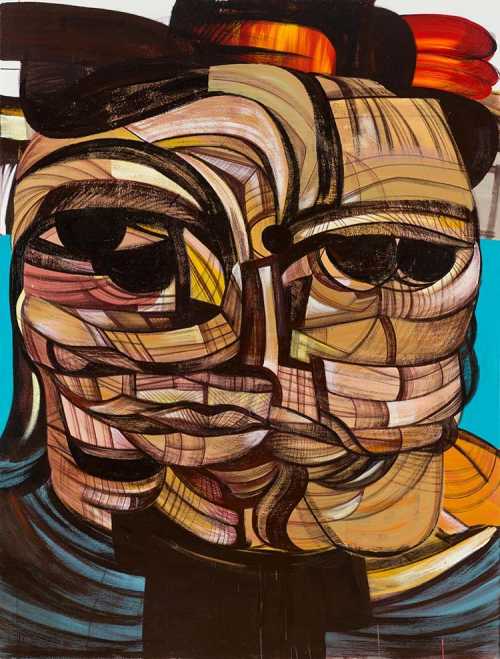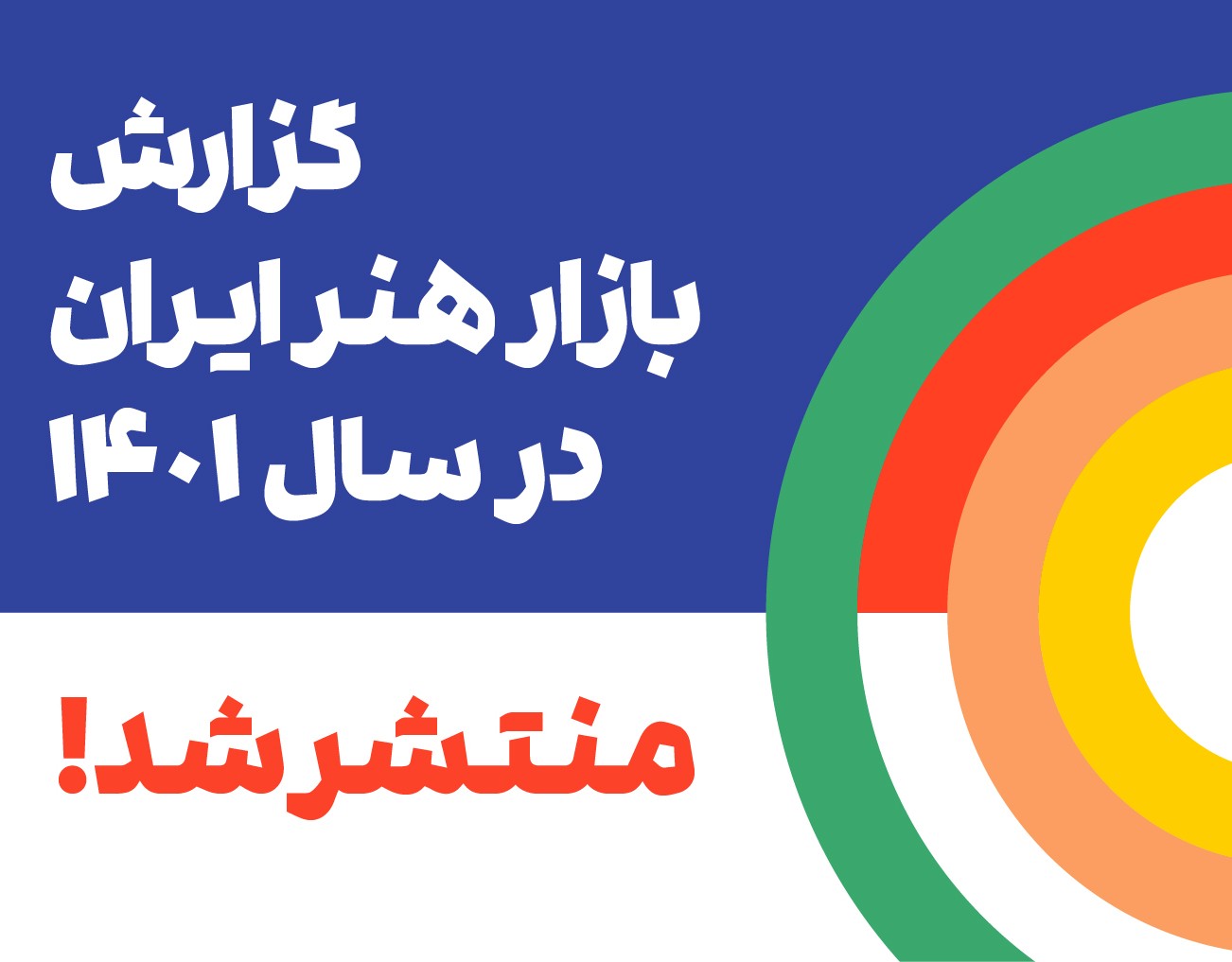About Hamid Hadinejad
Hamid Hadinejad, a contemporary painter, was born in Kermanshah. He started his artistic studies at the Tehran Boys Visual Arts Academy under the supervision of artists such as Gholamhossein Nami. Then he entered the Islamic Azad University and continued his studies in Painting. In this course, outside the university, he benefited from the training of such professors as Masoud Arabshahi, Mohammadhassan Shidel, Bahram Kalharnia, Hamid Shans, and Yaqub Amamehpich. Hadinejad's first solo exhibition was held in Tehran's Afrand Gallery in 1989. A while after graduation, he immigrated to Germany and continued his professional activity there. During this period, he became a member of the Association of Berlin Painters, and since 2001, eight of his works have been permanently exhibited in the German Expressionist Gallery. In addition, his works were exhibited in Paleto, Nierendof, and Kultur galleries in Berlin between 2000 and 2007.
In a note on the occasion of Hadinejad's exhibition at Seyhon Gallery, Saeed Rafiei Monfared analyzed the artist's vision and approaches to Painting: "Hamid Hadinejad, however, has never looked for a shortcut during his nearly three decades of artistic activity. He has turned his back on the agreement of smart artists and pursued his work, worked and worked to reach personal forms and artistic expression that reflect his inner dialogue with himself, and I, who was a guest of his workshop for a while, am a witness that the days For a long time, he imprisoned himself in his workshop and sometimes worked up to eighteen hours a day. Hadinejad said: "Painting is a prayer to myself. The margin is unimportant to me, and the moment of working and producing the context is the primary decider. The main thing is not to lie to me, the main thing for me is to satisfy my soul and spirit, and anything other than that is marginal to me," The present exhibition's works of art are divided into two groups: figures and portraits; the portraits are about humans, and the figures are about human positions, but they are all morphologically placed in a uniform space. His problem has still been human in all these years; Man and his fears, man and his sufferings and doubts, man and his identity. His people are contemporary. He is a contemporary artist; Because he goes beyond the formalistic view of man, he seeks to raise the issue. Even when they approach the border of abstraction, his works represent the human condition. He is a narrative painter whose narratives create a reading full of mysteries and doubts. But in terms of technique, his palette is wide and full of color sensitivities and includes a wide range of colored grays to bright and iridescent colors. Of course, the breadth of the palette does not lead to random financial colors and visual sloppiness, and the work's color space does not turn devoid of expressiveness. In fact, he does not use the glamor of color to cover up design and technical weaknesses. His brush stroke is exciting and clear. Knows the line's capabilities and is consistent and efficient when using it. The great variety in form and staining, the variety of compositions, and the creation of a unique rhythm and color space for each canvas show off his ability and experience in the work's background and his deep understanding of the work's aesthetics. He is open in painting behavior, and after seeing the works, the feeling of the artist's ability to shape what he calls context is well felt. In a word, he knows how to paint, and more importantly, he knows how to use this skill and for what purpose. The last word is that perhaps Hamid Hadinejad and several other painters who started their careers in the 1990s can be considered a generation that painted with human subjects with a narrative-oriented approach. This was contrary to the prevailing atmosphere in the Azad university's art and architecture faculty, in which mostly formalistic educational content and the professors often taught their incomplete perceptions of modernity. The 90s was the beginning of a new rising in an identity crisis and the collapse of value systems, and the young artist of that generation could not, like most professors, only focus on the issues of form and structure. In this social situation, a generation of painters was formed that neither meaningful abstractionism answered their needs nor figurativeness with a political and rhetorical position. A generation that worked and worked so that humanist Painting in Iran realized new areas and possibilities within itself."
The Most Expensive Artwork
At Auctions
First Attendance
15 January 2021
# Attendance
3
# Artworks
3
Average Realized Price
5,650 USD
Average Min Estimate
2,153 USD
Average Max Estimate
2,845 USD
Sell-through Rate
100%
Average Growth of Artwork Worth
189.259%
Timeline
Artibition auction
7 June
10s of Artworks, 10s of Millions exhibition
8 March
Vitamin S exhibition
9 February
The Contemporary Collector exhibition
2 September
Tehran- 16th- Iranian contemporary art auction
1 July
XL exhibition
20 May
The 13th Tehran- Modern and Contemporary Iranian Art auction
15 January
"Still Life" Amordad Annual exhibition
4 August
Articles
Iranian Art Market Report for the Year 1401 SH 15 May 2023
When the Art Hall team was looking for the Iranian artworks' sales records for art appraisal, felt the void of an authoritative art reference. That's why Artchart was born in 2019. The purpose of launching Artchart was to create a database of the Iranian art market that can be used as a reference for a wide range of people, from artists to art collectors. Now Artchart has collected...

